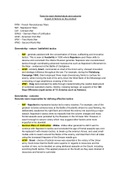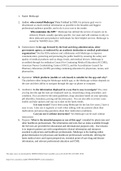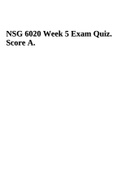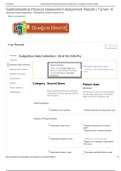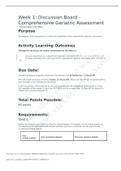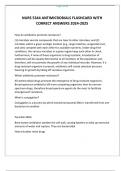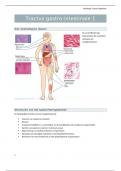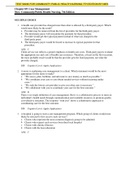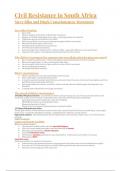Other
Impact of factors on the conduct of war | OCR Warfare History
- Institution
- OCR
Revision notes on the impact of factors on the conduct of war (OCR Changing Nature of Warfare ). The document provides key facts for factors including generalship, quality of soldiers, strategy, tactics, total war and military theorists. Additionally, providing information for the nature and outcom...
[Show more]
